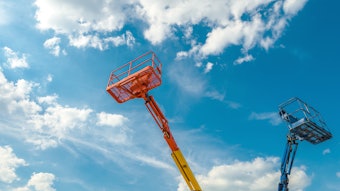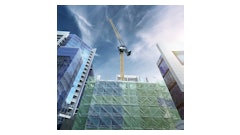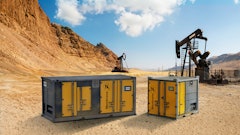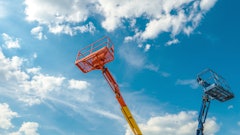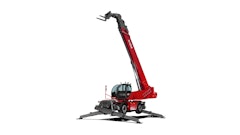
Deliveries or collections of aerial work platforms (AWPs), also known as mobile elevating work platforms (MEWPs), take place all day, every day on sites across North America. Delivery drivers play a vital role. They are often the only face and actual contact point between the rental company and the end-user on site. Any incident involving drivers during delivery and collection of an AWP/MEWP has the potential to be serious and could also affect contractor relations and site operations.
Recent data collected from IPAF rental company members has increased focus on the risks to delivery drivers. Since January 2012, all IPAF members are requested to report all AWP/MEWP-related incidents involving their own staff to the IPAF accident reporting database (www.ipaf.org/accident). Analysis of the recent data confirms some trends identified from previous years and highlights specific situations that involve a significant proportion of drivers.
On average and extrapolating across the board, 35.5% of the reported incidents involved delivery drivers and 24.5% involved engineers (service technicians). Operators, including contractors, truck-mount operators and employed operators, were involved in 28.7% of the incidents reported.
A majority of the incidents (44.2%) took place on site, with another 25.7% occurring in the depot/yard, 13.6% occurring in the workshop and 11.2% occurring on the public roadway. The most common types of injury incurred were cuts and bruising of the upper limb, lower limb and head.
Most of the incidents involving delivery drivers occurred during loading and unloading (48.7%). The main causes of driver-related incidents were identified as insecure load and the machine falling off between ramps. Closer analysis of the incidents caused by insecure load revealed that these were mainly due to the canopy becoming detached from the AWP/MEWP during transport. Almost all the machines that fell off between ramps were small electric machines (mobile verticals, 3a).
Most of the incidents involving engineers (mechanics) occurred during maintenance (66.7%). The main causes of these mechanic-related incidents were identified as using hand tools and slips/trips. Closer analysis of the incidents caused by using hand tools revealed that these were due to using hammers. Almost half of the slips/trips happened while walking.
Most of the incidents involving operators occurred when the AWP/MEWP was being operated from the platform controls (51.2%). The main cause of these operator-related incidents was identified as lack of observation and failure to check the route, i.e. colliding with stationary objects while driving on unfamiliar sites.
What you can do
The data clearly shows that loading and unloading AWPs/MEWPs can be hazardous. Yet they are the safest way of doing temporary work at height. There are few accidents, and you can make the number even lower. Have you planned for safe operations?
- Ensure that a senior manager is responsible for planning AWP/MEWP deliveries, collection and transportation.
- Perform a proper risk assessment for all AWP/MEWP operations and document this process.
- Ensure that all employees are adequately trained to fulfil their responsibilities.
Know your responsibilities – play your part in preventing accidents.




